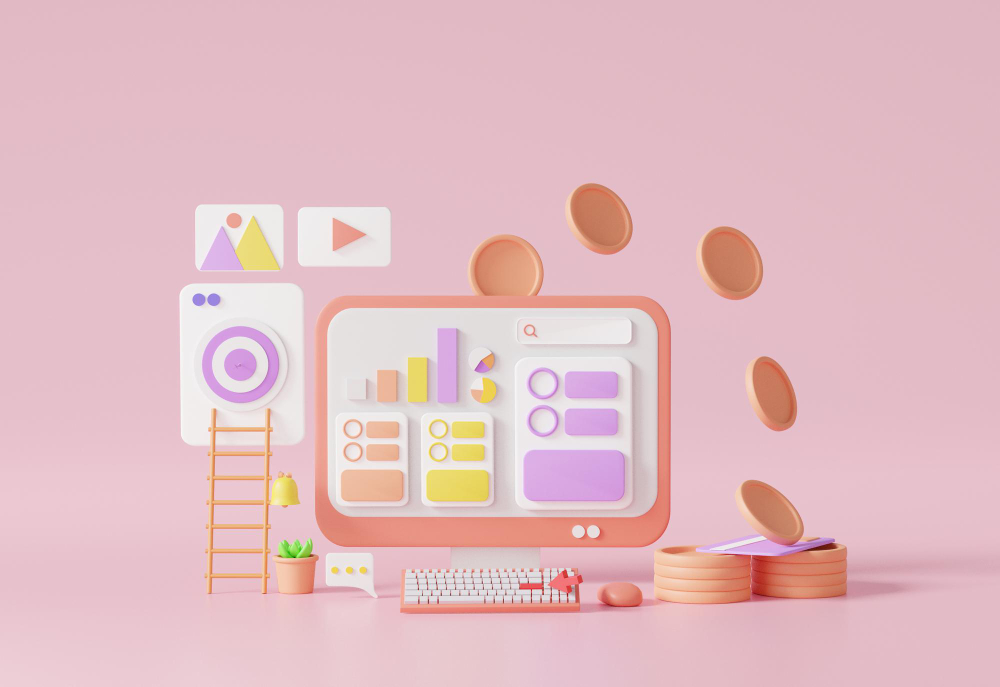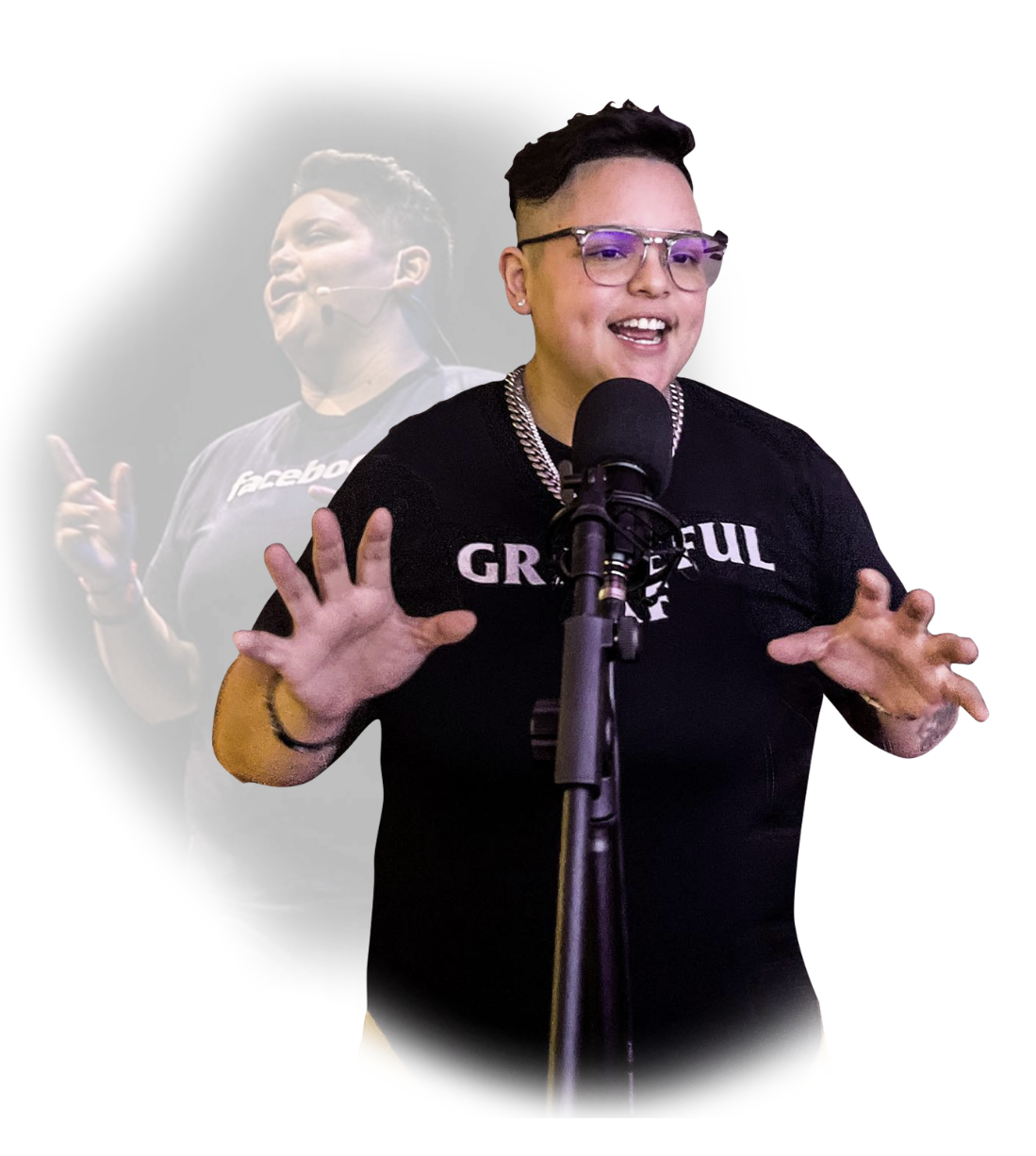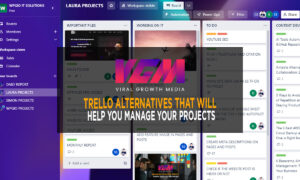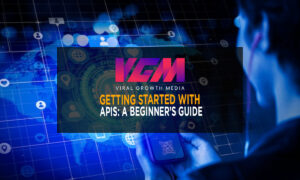Are you looking to get started with Facebook Sponsored Ads? If so, you’ve come to the right place! In this blog post, we will provide you with everything you need to know in order to create successful Facebook Sponsored Ads. We’ll go over the basics of what Sponsored Ads are, how they work, and some tips for creating your own campaign. So whether you’re a complete beginner or just looking for a refresher course, read on for all the information you need to get started!
What are Facebook Sponsored Ads?
Facebook Sponsored Ads are a type of advertising that allows businesses to promote their products or services on the Facebook platform. These ads can be targeted to specific audiences based on factors like age, location, and interests. Sponsored Ads appear in users’ News Feeds, and can also be targeted to users who have visited your website or used your app.

How do Facebook Sponsored Ads work?
Facebook Sponsored Ads work by allowing businesses to target specific audiences with their advertising campaigns. When you create a Sponsored Ad, you will need to select an audience that you would like to target. You can target users based on factors such as age, location, and interests. Once you have selected your target audience, you will need to create your ad campaign. This will involve creating an ad that contains text, images, or both. Once your ad is created, it will be shown to users who fit your target audience criteria.
Tips for creating a successful Facebook Sponsored Ad campaign
Now that you know the basics of how Facebook Sponsored Ads work, here are a few tips to help you create a successful ad campaign:
– Use images or video:
People are more likely to engage with ads that contain images or video. Try to use high-quality visuals that will grab attention.
– Keep your text short and to the point:
Users will only see a small amount of text when your ad is displayed in their News Feed. Make sure that your message is clear and concise.
– Use a call-to-action:
Include a call-to-action in your ad so that users know what you want them to do.
– Test different versions of your ad:
Try creating multiple versions of your ad and see which one performs the best. You can then use the winning ad as your final campaign.

How to Achieve Your Goal with Facebook Sponsored Ads
If you’re wondering how to create a sponsored ad on Facebook, read this for tips.
1. Create Mobile-First Content
The majority of people who will see your sponsored advertisements are smartphone users. You understand the significance of capturing someone’s attention in the first seconds (or less) as a smartphone user yourself.
It takes less than half a second for mobile users to determine whether they enjoy the advertisements they see, according to the Mobile Marketing Association. nEnsure that your sponsored advertising catches the attention of mobile users as soon as possible.
2. Maintain High Quality
The quality of your sponsored advertising has an impact on their performance. All the components of your sponsored ads should work in harmony to perform well. Use a call to action, emojis, and less than 90 characters to convey your offer with text.
Use visuals to demonstrate your offer. Also:
- Images without text should not have any.
- If your ad doesn’t adhere to the specified guidelines, it will be less likely to get approved.
- Use only your own words.
Use a headline that attracts attention with a catchy and appropriate slogan based on a call to action that differs from the call-to-action button below.
3. Create Different Audiences for Different Sponsored Ads
After you launch your sponsored ad on Facebook, there are several options available to help expand your customer base:
- Change the audience to your liking by selecting a new age range, region, hobbies, etc.
- Target potential customers who have already shown an interest in your business by liking your Page.
- People who like your Page can contact others (and friends of people) who share their interests.
- Meet new people in your town
You can also make a Custom Audience and target past customers via Facebook. You group your audience into various categories, don’t you? nnCustom Audiences is a function that allows you to upload lists of people who have previously interacted with your business and utilise them to accomplish different marketing goals. To determine which targeting approaches provide the most return on investment for sponsored advertising, create as many target audiences as possible for sponsored advertisements.
4. Don’t Spend Too Much in the Beginning
Many individuals are curious about the cost of Facebook sponsored advertising. Fortunately, you may keep control of it since you never spend more than you planned to when it comes to Facebook advertising. Just bear in mind that you don’t want to squander your money. Begin with the smallest amount possible so that your advertisements display desirable results if they aren’t working out. Instead, consider changing the length or switching to a different sponsored ad type if they aren’t effective.
5. Always Rely on Testing
Did you know that after experimenting, sponsored advertising is far more successful? Experiment with different headlines, ad copy, pictures, audiences, budgets, and locations to evaluate methods and determine which ones perform best. You’ll be able to repeat effective ad strategies and apply them to create successful new sponsored advertisements once you’ve created a few A/B tests using Facebook sponsored ads.
6. Monitor the Performance of Sponsored Ads
Keep an eye on the performance of your ads after they’ve gone live. Facebook provides a variety of metrics that allow advertisers to evaluate the impact of their advertising and take appropriate action if required.. If something goes wrong, you’ll be able to stop your ad or make modifications to improve its performance.
7. Get Inspiration from Other Sponsored Ads
ideas are the cornerstone of success, especially in terms of sponsored ads. If you’re stuck on how to find new and innovative ideas for your own sponsored ads, a great starting point is visiting the Facebook Ad Library. There, you can get inspired by all currently running Facebook sponsored ads. All you need is the name of any Page on Facebook to view any paid posts that have been launched by its managers. Even better- we’ve collected more than 30 video examples made by world-renowned brands so that you have a solid foundation for when it comes time to put your brainstorming hat on.

Launch Sponsored Ads on Facebook Now
Now that you know how to view Facebook sponsored ads in one click, it’s time to focus on following the latest trends in Facebook marketing. This includes ad quality standards, performance testing and taking advantage of video content. Once you have allocated your ad budget, chosen your target audiences and tested your sponsored ads, consider using Soft cube’s artificial intelligence technology to maintain productivity with little supervision needed.
What is an Ads Manager?
Ads Manager is the best way to create ads and track their performance for Facebook, Instagram, Messenger or Audience Network. The Ads Manager app for iOS and Android gives you the ability to edit ads and manage budgets while you’re on the go.

Why Should You Advertise on Facebook?
It’s hard to look past Facebook’s reach when nearly 3 billion people use it regularly. However, we must remember that successful marketing doesn’t mean reaching everyone—it means targeting the right people with your message. And this is where Facebook excels.
Detailed targeting is one of Facebook’s main strengths. Its extensive user data allows advertisers to target specific groups with tailored messages, resulting in nearly 10 million active advertisers and $28.6 billion in quarterly revenue. There’s no denying the power of Facebook ads – they can be extremely profitable if you know what you’re doing.
Who Should Advertise on Facebook?
Another important thing to remember about Facebook advertising is that the people you reach aren’t necessarily looking for your goods or service. They’re relaxing, socialising with friends, seeking amusing videos, and so on, so you’ve interrupted their flow with your ad. It’s unusual to make a single contact point lead to a sale, but it’s almost unheard of when it comes to Facebook advertisements because people aren’t actively searching for your products. Businesses that enter into Facebook ads expecting to get a quick profit are frequently disappointed.
Many businesses give up on Facebook ads too soon because they don’t take the time to consider whether their business model is a good fit for Facebook. Try out new marketing channels before your competition does and demand drives prices up, but always make sure that you are considering whether or not your business model will work well with the chosen channel.

Here are a few types of businesses that are likely to succeed with Facebook advertising.
-Businesses With Low-Friction Conversions
Users are more likely to return to Facebook if you ask for a large commitment (purchase) up front. Instead, stick to small conversions such as signing up for your service, filling out a short lead form, or providing an email address. Facebook users are fickle and liable to click back to Facebook if you ask them to make a big investment (purchase).
If you want to be successful with Facebook advertising, even if you sell products not services, focus on an intermediate conversion like a newsletter signup. You can always upsell later using email marketing or by retargeting ads on Facebook. For example, look at daily deal sites like Groupon and AppSumo–they’re good examples of businesses that succeed with this technique. Once someone clicks one of their ads, all they ask for is your email address; then they’ll try to sell you on a deal later.
-Business Model With Long Sales Cycle or Small Purchases
Even if you just ask for an email address at first, you’ll need to make money from these people if your advertisements are to be successful. A user may have provided you their email address, but building trust with them before they are ready to buy anything is more likely.
You should not put all of your eggs in one basket. Numerous little purchases are preferable. Daily deals and subscription sites are excellent examples of business models that may work on Facebook. Both have consumers who have a lifetime value of six months or more. Udemy focuses on getting users to register on their first visit, which is why they focus so much on signing up right away. With a 20 percent return on advertising spend (ROAS) on the first day and complete ROI within six months, these numbers provide you with an idea of what’s possible for your business.

How to Run Facebook Ads
Facebook Ads is a social media platform that allows businesses to promote their products or services through text, image, or video ads. It’s such an effective marketing tool because it has the ability to reach a large audience (about 2.2 billion people) and can be easily customised to target specific demographics.
Here are some tips on how to Run Facebook Ads;
1. Create an account with Facebook Ads Manager.
Facebook’s Ad Manager is a sophisticated dashboard that provides users with an overview of all of their campaigns. The dashboard shows you an estimate of how much money you spend every day up front. The dashboard is designed in columns, making it simple to sift through your advertisements and generate your own view of the findings. Reach, frequency, and cost are all readily available, making reporting on achievement a snap.
You’ll need a Facebook Business Page to use the Facebook Ads Manager (which you may create here). This is because personal profiles can’t be used to run advertisements.
2. Start creating an ad through Facebook’s Ads Manager.
The Facebook Ads Manager contains a performance dashboard that lists all your current campaigns, ads sets and ads, with their corresponding results. If you haven’t created an ad yet for your page, this will be empty.
You can create a new campaign by clicking on the type of ad you want to create from the available options (shown below) and hit the green “Create” button situated on the top-left side. In this screenshot example, we’re wanting to generate a new campaign.
3. Choose an objective.
The Ads Manager, like many social media advertising networks, is built with your campaign goal in mind. Before you begin, Ads Manager will ask you to select an objective for your campaign:
Choose from 11 goals offered by Facebook. Each objective has a distinct aim, such as raising brand recognition or boosting online store traffic. When you pick an objective, it informs Facebook about your desires so they can offer you advertising choices that are appropriate for you.
Facebook’s ad possibilities include:
- Brand awareness
- Reach
- Website traffic
- Engagement
- App instals
- Video views
- Lead generation
- Messages
- Conversions
- Catalogue sales
- Store traffic
For the purpose of this blog post, let’s say you want to bring more traffic to your website. If that’s the case, when you select that option on Facebook, it will prompt you to enter the URL of where you want people to go. To make sure marketing automation software can keep track of clicks and conversions from this ad, use a unique tracking URL with UTM parameters. HubSpot customers can do this by using the Tracking URL Builder. After selecting your desired objective from Facebook, it will then display the best option for achieving said goal based on what you selected..
4. Choose your audience.
The next step is to configure your target audience for each ad set that is part of the campaign – You can do this by specifying certain demographics, interests, or even behaviours. If you’re just starting out with paid advertising on Facebook, it’s likely that you’ll have to experiment with a few different targeting options until you reach an effective audience.

Facebook’s built-in targeting is vast, including options such as:
- Location
- Age
- Gender
- Languages
- Relationship
- Education
- Work
- Financial
- Home
- Ethnic Affinity
- Generation
- Parents
- Politics (U.S. only)
- Life Events
- Interests
- Behaviours
- Connections
You also have the option to select a Custom Audience. This allows you to target people on Facebook who are in your company’s contact database, visit a page on your website that has a tracking pixel, or use your app or game. To learn more about how to set up a Custom Audience on Facebook, check out these instructions.
5. Set your budget.
The choice between setting a daily or lifetime budget on Facebook depends on your long-term marketing goals.
- Daily budget. If you want your ad set to run all day long, select the continuous option. If you choose a daily budget, Facebook will pace your spending throughout the day. It’s important to keep in mind that the minimum daily budget for an ad set is $1.00 USD and CPC must be at least 2X that amount.
- Lifetime budget. Select a lifetime budget if you want to run your ad for a specific length of time. This implies that Facebook will control your spend over the period you specified for the ad to run.
Conclusion:
Facebook Sponsored Ads are a great way to reach out to potential customers and get your product or service in front of them. By following the tips we’ve outlined in this blog post, you should be able to create successful Sponsored Ads campaigns that generate leads and sales for your business. So what are you waiting for? Get started today!























